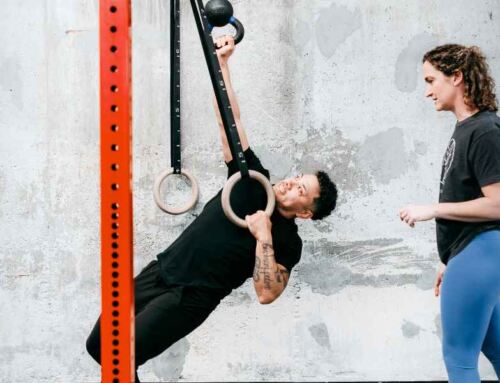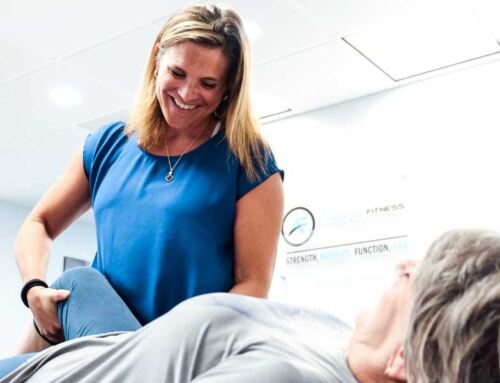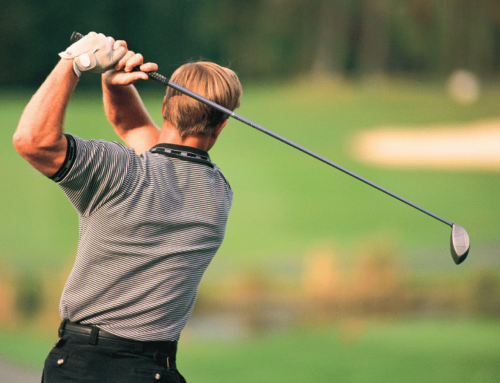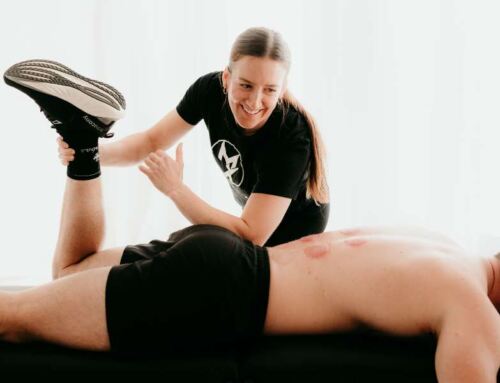Pickleball Pitfalls: Navigating Injury and Pain for New Players!
As a physical therapist with a passion for helping athletes prevent injuries, I understand the excitement of diving headfirst into a new sport like pickleball. The allure of the game, with its blend of strategy, agility, and camaraderie, is undeniable.
However, among the eagerness to jump onto the court, it’s crucial to remember the importance of pacing oneself and avoiding the pitfalls of overexertion.
Pickleball, like any physical activity, places various demands on the body. From sudden stops and starts to quick changes in movements and movement directions, the sport requires a combination of attributes like: strength, endurance, and flexibility, to name a few.
One common mistake that beginners often make is pushing themselves too hard, too fast. It’s easy to get caught up in the excitement of the game and inadvertently exceed the body’s capacity to handle the load.
Imagine your body as a vessel with a finite capacity to withstand stress. Just as a bridge has weight limits, your body has its own thresholds for what it can tolerate. Playing pickleball excessively or with too much intensity right out of the gate can surpass these limits, leading to pain, discomfort, and potentially injury.
Here are three of the most common injuries in pickleball:
Sprains and Strains: These are the most frequent injuries, commonly affecting the ankles, wrists, and shoulders. Ankle sprains occur due to sudden changes in direction or uneven surfaces, while wrist and shoulder strains often result from overuse or inefficient technique during swings and serves.
Tendonitis/tendinopathies: Tendonitis is an overuse injury that commonly affects the elbow muscles but happens in various other parts of the body as well. Tendinopathies are the chronic version of tendinitis.
Knee Injuries: Knee injuries, such as meniscus tears or ligament strains, can occur due to the quick lateral movements and sudden stops common in pickleball. These movements put stress on the knee joints, especially if the player has preexisting conditions.
Key Approaches: Progressive Overload and Graded Exposure
So, how can you strike a balance between enjoying the game and safeguarding your body? The key lies in understanding the principles of progressive overload and graded exposure.
Progressive overload involves gradually increasing the intensity, duration, or frequency of your workouts over time. Rather than diving into hours-long pickleball sessions right away, start with shorter, less intense games. As your strength, endurance, and skill improve, gradually ramp up the intensity and duration of your play. This allows your body to adapt and grow stronger, reducing the risk of overuse injuries.
Similarly, graded exposure entails exposing your body to gradually increasing levels of stress or activity. Begin by practicing fundamental pickleball skills, such as serving, volleying, and footwork, at a moderate pace. As you become more proficient, gradually introduce more complex drills and game scenarios. By incrementally challenging your body, you give it the opportunity to adapt and build resilience over time.
Remember, Rome wasn’t built in a day, and neither is a sturdy, injury-resistant body.
Patience and consistency are key as you embark on your pickleball journey. Listen to your body’s signals, and don’t hesitate to dial back the intensity if you start to experience pain or discomfort.
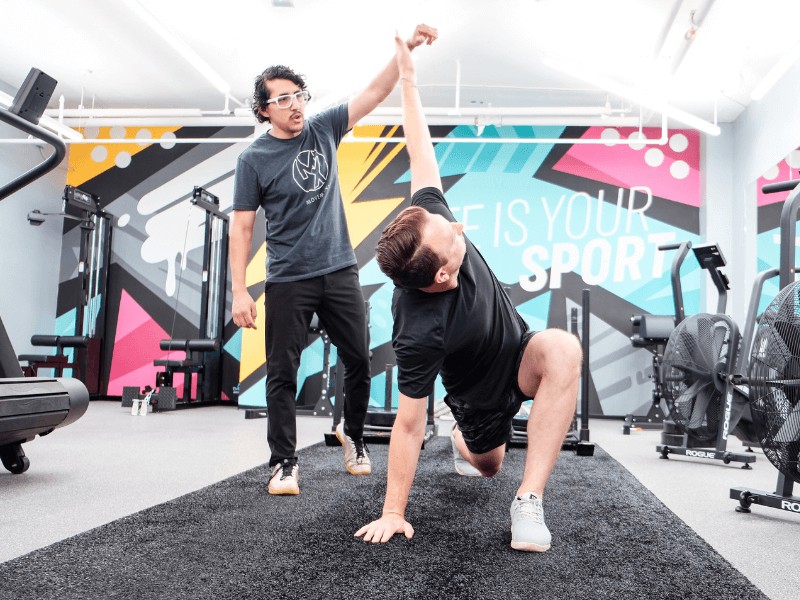
Doing The Work On and Off the Court
In addition to gradually building up your pickleball skills, incorporating a robust fitness routine can significantly enhance your body’s resilience and injury resistance.
Consider starting with a movement screen from a physical therapist to identify any imbalances, weaknesses, or areas of potential injury risk. Armed with this valuable insight, you can work with a fitness coach to develop a tailored exercise program that addresses your specific needs and goals. This routine may include strength training to improve muscular endurance and stability, mobility exercises to enhance range of motion and joint health, and cardiovascular conditioning to boost overall fitness levels.
By complementing your pickleball practice with a well-rounded fitness regimen, you not only reduce the likelihood of injury but also enhance your performance and enjoyment of the game. Remember, a strong and resilient body is your greatest asset on the pickleball court, so invest in it wisely.
Here’s what a sample week of structured physical activity might look like:
Sample Fitness Routine
Monday
Full body functional fitness workout with low intensity activity recovery between sets.
Tuesday
Pickleball drills and practice matches.
Wednesday
Full body functional fitness workout with low intensity activity recovery between sets.
Thursday
Rest day.
Friday
High intensity training: include sprints, agility, and arm movements that translate to pickleball.
Saturday
Pickleball drills and practice matches.
Sunday
Rest day.
Conclusion
In conclusion, while the thrill of pickleball may be tempting to dive into headfirst, it’s essential to approach the game with caution and mindfulness. By respecting your body’s limits, embracing progressive overload and graded exposure, and prioritizing rest and recovery, you can enjoy the sport for years to come, pain-free and injury-free. So, lace up your sneakers, grab your paddle, and remember to play it safe on the pickleball court. Your body will thank you for it in the long run.
About the Author
Dr. Rich Ortiz, PT, DPT is a physical therapist and health & fitness coach with MovementX in Washington, D.C. He is known for his personalized, convenient, and top-notch approach to care. Rich is also holds certifications in CrossFit Level 3, Precision Nutrition Level 1, and CHEK Institute Level 1 Holistic Lifestyle Coach. He is also committed to serving the Deaf Community here in Washington, D.C.



